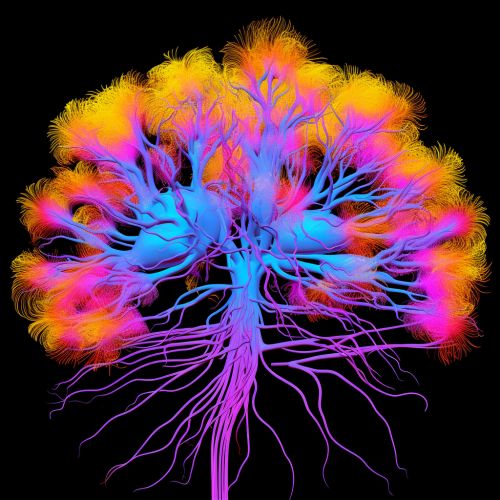Localization of brain function
Introduction
The human brain is an intricate organ responsible for a multitude of functions. One of the most fascinating aspects of the brain is the localization of function. This refers to the concept that specific areas of the brain correspond to specific tasks or functions. This article will delve into the intricacies of brain function localization, exploring its history, the methods used to determine it, and the various regions of the brain and their associated functions.


History of Brain Function Localization
The concept of brain function localization has been a topic of interest since the early days of neuroscience. Early theories, such as phrenology, proposed by Franz Joseph Gall in the 19th century, suggested that different brain areas were responsible for different character traits, talents, and mental abilities. Although phrenology was later discredited, it laid the groundwork for the modern understanding of brain function localization.
Methods of Determining Brain Function Localization
Several methods have been developed over the years to study the localization of brain function. These include lesion studies, brain stimulation, neuroimaging techniques, and neuropsychological testing.
Lesion Studies
Lesion studies involve studying individuals who have suffered brain damage in specific areas due to injury or disease. By observing changes in behavior or ability following the damage, researchers can infer the function of the damaged area.


Brain Stimulation
Brain stimulation techniques, such as transcranial magnetic stimulation (TMS) and deep brain stimulation (DBS), involve activating or inhibiting specific brain regions to observe changes in behavior or ability. These methods provide more direct evidence of brain function localization.
Neuroimaging Techniques
Neuroimaging techniques, such as functional magnetic resonance imaging (fMRI) and positron emission tomography (PET), allow researchers to visualize brain activity in real-time. These methods can show which areas of the brain are active during different tasks, providing strong evidence for brain function localization.


Neuropsychological Testing
Neuropsychological testing involves assessing cognitive function through tasks and tests. By observing which tasks a person struggles with, researchers can infer which brain areas may be impaired.
Regions of the Brain and Their Functions
The brain is divided into several regions, each with its own set of associated functions. These include the frontal lobe, parietal lobe, occipital lobe, temporal lobe, cerebellum, and brainstem.
Frontal Lobe
The frontal lobe is associated with higher cognitive functions such as decision-making, problem-solving, and planning. It is also involved in personality and emotion regulation. The prefrontal cortex, a part of the frontal lobe, is often referred to as the "CEO of the brain" due to its role in executive functions.


Parietal Lobe
The parietal lobe is involved in processing sensory information from the body, including spatial awareness and navigation. It also plays a role in attention and language processing.
Occipital Lobe
The occipital lobe is primarily responsible for visual processing. It contains the primary visual cortex, which receives and processes information from the eyes.
Temporal Lobe
The temporal lobe is involved in auditory processing and is also important for memory and language comprehension.
Cerebellum
The cerebellum is involved in motor control, coordination, and balance. It also plays a role in learning and memory, particularly for motor skills.
Brainstem
The brainstem controls many basic functions, including heart rate, breathing, and sleep. It also serves as a relay station for information passing between the brain and the rest of the body.


Conclusion
Localization of brain function is a complex and fascinating field. While we have made significant strides in understanding the intricate workings of the brain, there is still much to learn. As technology and research methods continue to advance, our understanding of brain function localization will undoubtedly continue to grow.
